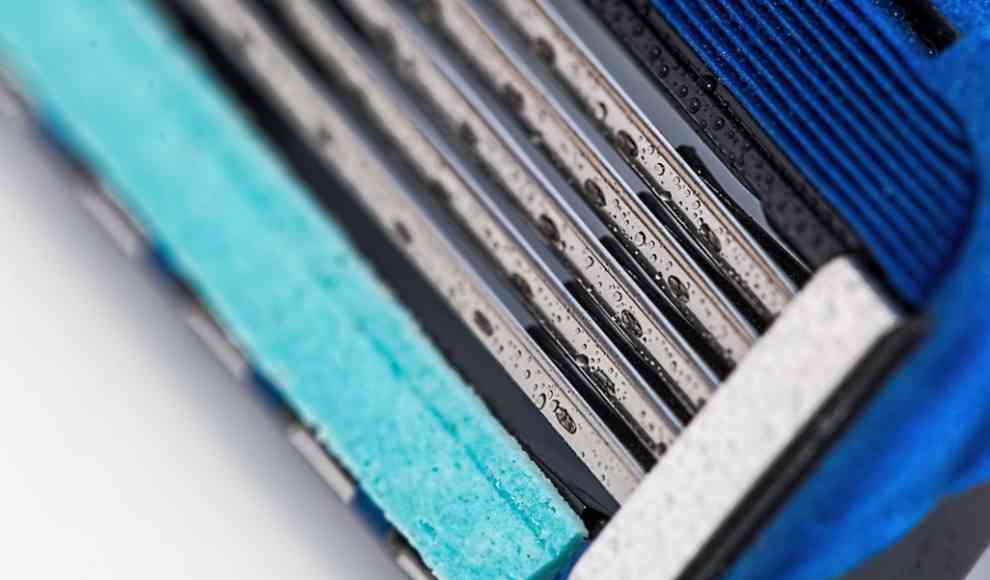The act of shaving can dull razor blades due to the tiny cracks and edges that are created during the process. However, modern razor blades are made from layered stainless steel, with a harder carbon coating and a friction-reducing polymer layer, which should prevent them from becoming dull. Despite this, researchers at the Massachusetts Institute of Technology (MIT) have discovered that human hair can still cause the thin cutting edge of razor blades to become dull. The team found that when shaving, cracks and notches are created on the cutting edge, rather than the classic dulling that causes the blade to become rounded. These cracks and notches only occur in certain areas of the blade and are caused by the harder outer layer of the hair coming into contact with softer areas of the steel structure.
The MIT researchers used an electron microscope to examine razor blades after each use, allowing them to detect the smallest changes to the cutting edge. They discovered that the cracks and notches created by shaving initially spread perpendicular to the edge before changing direction and curving back, creating the geometry of the chips. The team also found that the cracks and notches only occur under certain conditions, such as when the hair comes into contact with the blade at a flat angle. The researchers conducted an experiment where they cut hairs of different diameters at various angles with a razor blade attached to an electron microscope. They found that when the hair was cut at a right angle, there was no deformation or chipping of the cutting edge. However, when the hair was cut at a 21-degree angle, which is closer to the angle used during a real shave, there was plastic deformation of the steel and microcracks in several areas of the cutting edge.
The researchers concluded that the cutting edge of a razor blade only becomes dull when the hair comes into contact with the blade at a flat angle and the harder outer layer of the hair hits a softer area of the steel structure. They also noted that commercial razor blades only become dull after multiple uses because the conditions required for the cracks and notches to occur only come together in certain cases. The study’s findings could lead to the development of new razor blade designs that are more resistant to dulling.










